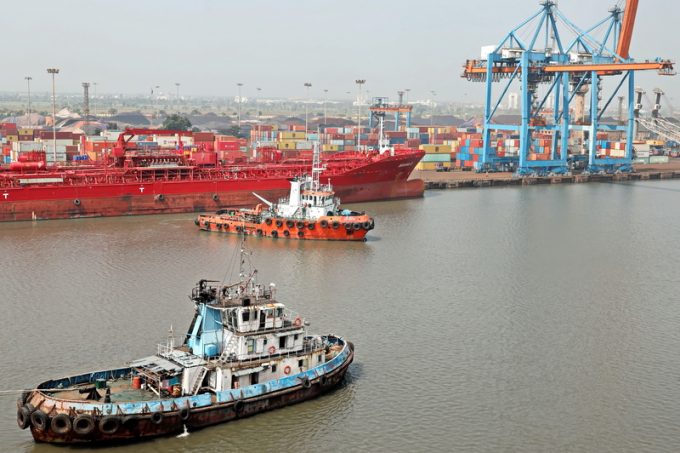Tradelanes: Export boom in Indian sub-continent triggers rise in airfreight rates
Interest in charters and freighters is high from the sub-continent, where demand is “surging” according ...

India’s container shipping market has “cooled” in recent weeks, but a lack of capacity at east coast ports is a headache for exporters.
Throughput figures from the Indian Ports Association show the country’s top 12 container ports enjoyed nearly 30% growth between April and October, with ...

Comment on this article